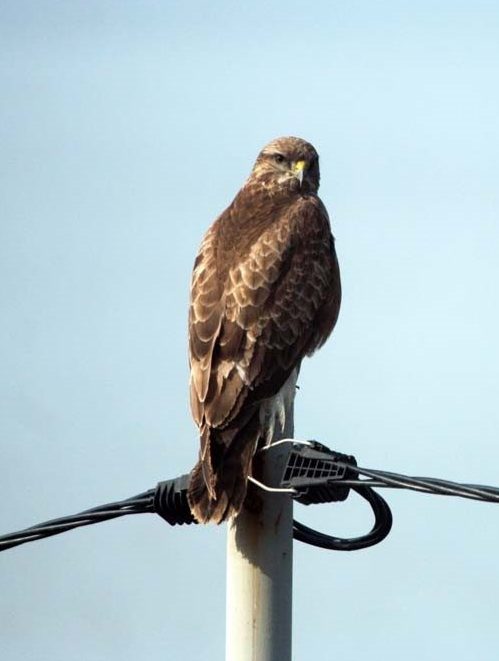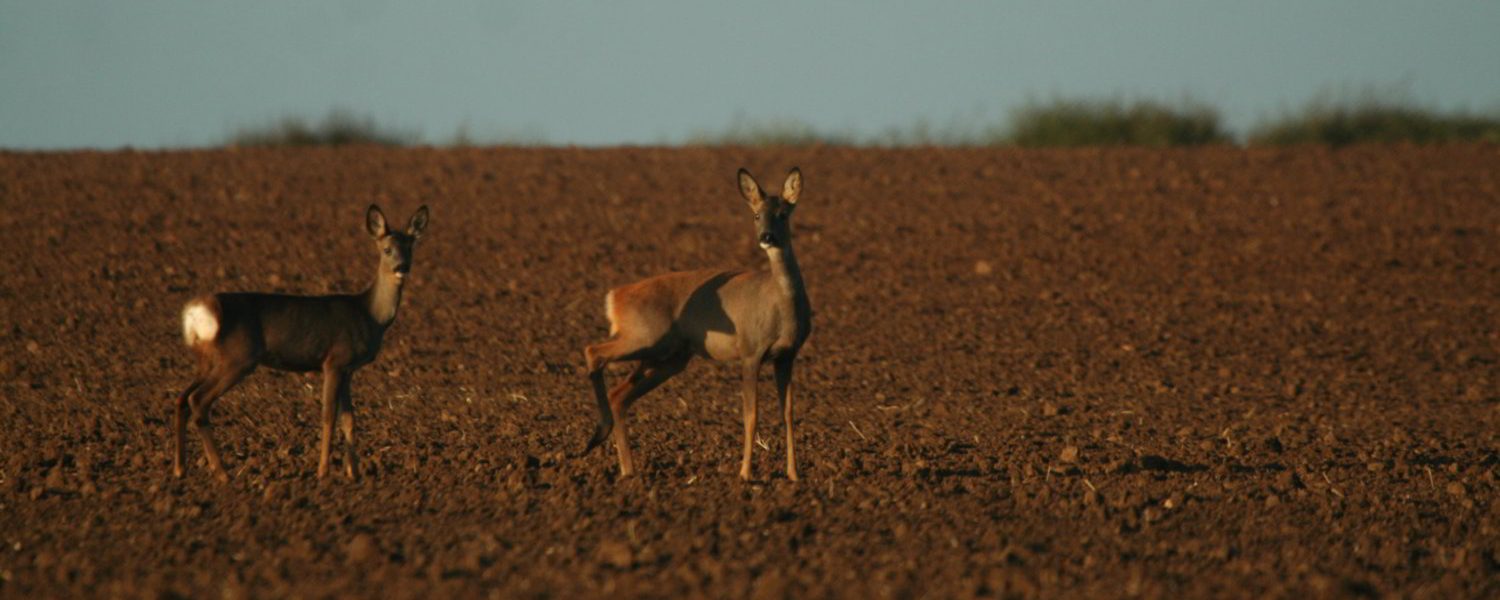The Fens in the winter is a pretty bleak place to be. This morning it’s cold and misty, with an almost-frost on the fields and a steady drizzle in the air. Luckily for me, I’m not out there in the weather, but in the warm and comfort of a Greater Anglia train as it shuffles its somewhat unhurried way across the flatlands to Norwich. I’ve got a bit of work to be getting on with (time, tide and the email inbox waits for no man), there’s a book in my bag waiting to be read, and a podcast or two to catch up. Although to be honest, I could really do with a nap…
As we set off, with half an eye on the fields passing by, a big white heart shape glows out of the gloom: the back end of a Roe Deer buck, with three others nibbling at the field edge. Above them, in the hedge, a Common Buzzard is considering his options for the day: like me, in two minds between napping and paying more attention to his surroundings. Within 20 minutes of leaving Cambridge, a herd of Bewick’s Swans grazing the rape stubble are the 18th bird species of the morning, and I’m sorry to say my attention is now well and truly distracted from my inbox.
Out beyond Ely, the RSPB reserve at Lakenheath Fen stretches along the railway line, a fantastic expanse of reedbeds and grazing marsh where on previous journeys I have seen Common Cranes from the train. No such luck today: in the winter months, the cranes head off elsewhere in East Anglia, to gather in larger wintering groups. Perhaps these birds have joined their cousins over in the Norfolk Broads, where a Wildlife Travel group will be visiting them later this year. Today, a team of conservation volunteers are out on the Fen, cutting and burning the reeds, vital management work for one of the great success stories of habitat creation. Not so very long ago, all this was carrot fields: now the reserve is home to breeding Bittern, Marsh Harrier, Bearded Tit and, of course, those stately Cranes.

How times have changed: when I was growing up in the East Anglian Fens, a Buzzard was a noteworthy rarity, while Kestrels were two-a-penny. Today I’ve passed just two Kestrels, but eight Buzzards. In a ditch, a Little Egret fishes, one of the beneficiaries of climate change. I saw my first Little Egret back in summer 1989, in the company of tens of other birdwatchers, the focus of a ‘twitch’ at Rutland Water. Now, thirty years later (OK, now I feel old…), Little Egrets are a common sight across much of England and Wales, with more than 1200 pairs breeding from Cumbria to Cornwall.

Towards Thetford the train line crosses the Brecks, that great expanse of heathland and conifer plantations in the heart of Norfolk. In a few months, these sandy heaths will be the haunt of Stone Curlews, perhaps those same individuals that we saw last month hunkered down on the edge of the Sahara in Morocco. Amongst the trees, the little gingery barrel of a Muntjac is browsing out in the open, and not far away I pass a trio of stately Red Deer, heads up and wary, before the train emerges from the Brecks and crosses the ‘open cast pig-mining’ zone, where the outdoor-reared pig farms have turned the fields into a quagmire.
Attleborough and Wymondham. Another trio of Roe Deer. The deer populations of Britain are booming: more than enough food out there for any future Lynx who might, one day, hopefully, be reintroduced to our countryside. As we approach Norwich, the Rooks are getting flirty in their treetops: the breeding season starts early for Rooks, as they are renovating their nests and reaffirming their pair bonds. Starlings sing from chimney tops, and a pair of Mute Swans fly low over the Carrow Road football ground as the train pulls into Norwich. The emails will just have to wait for the return journey…

